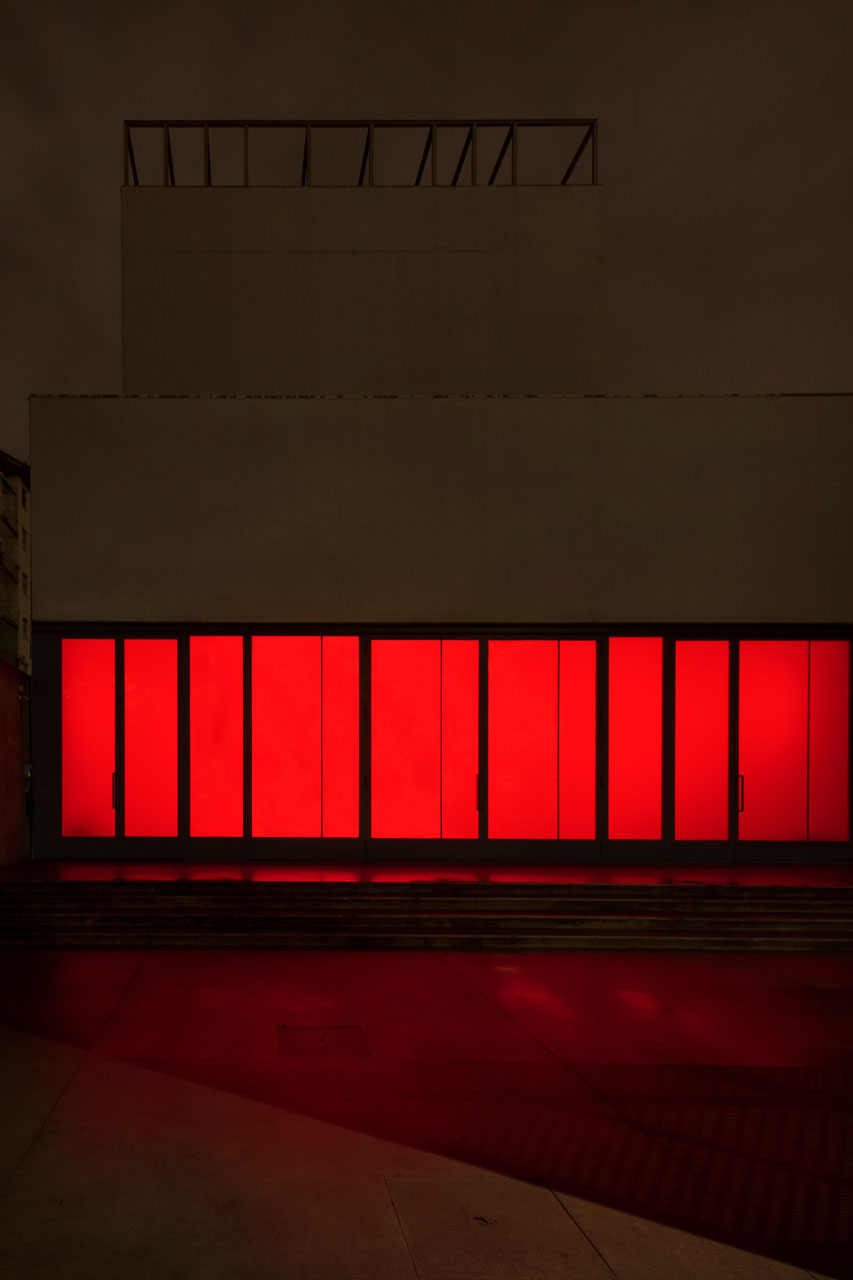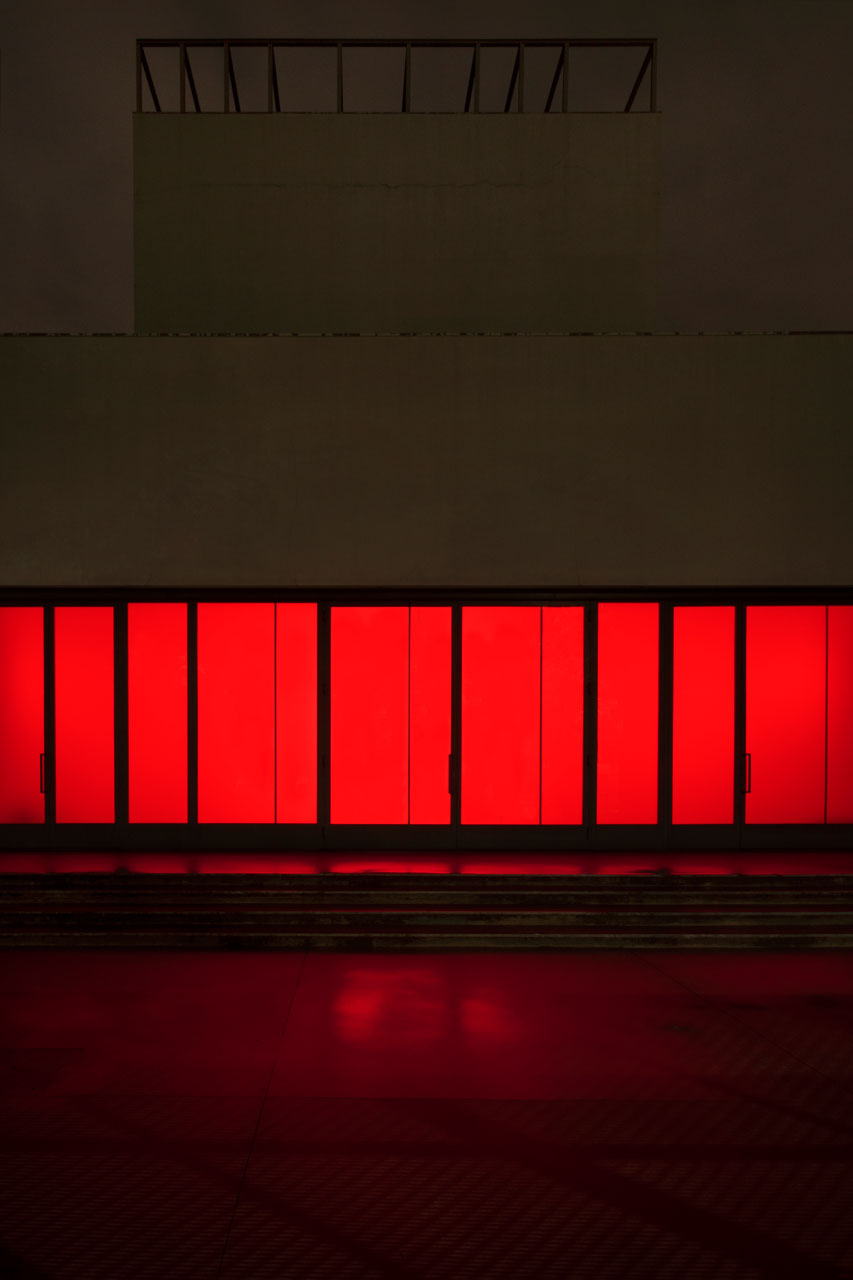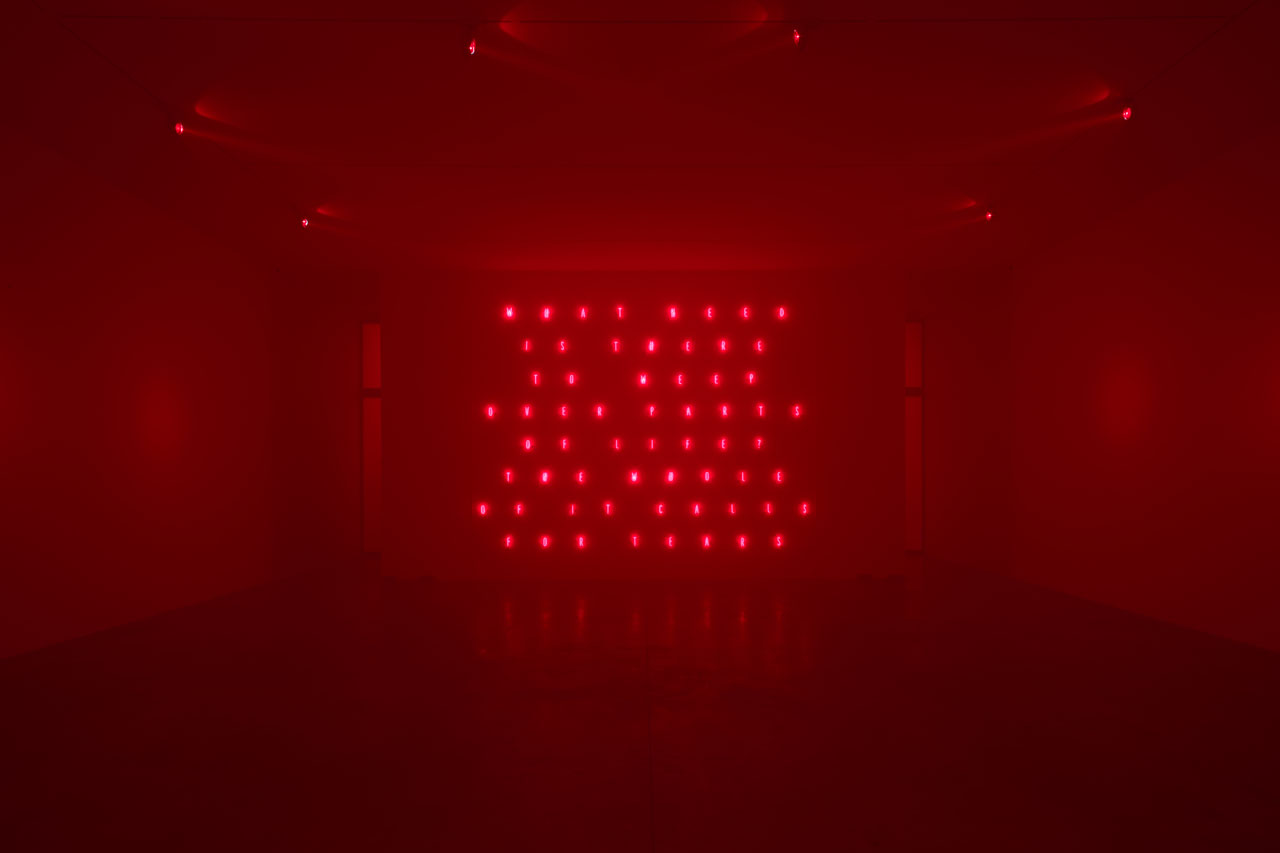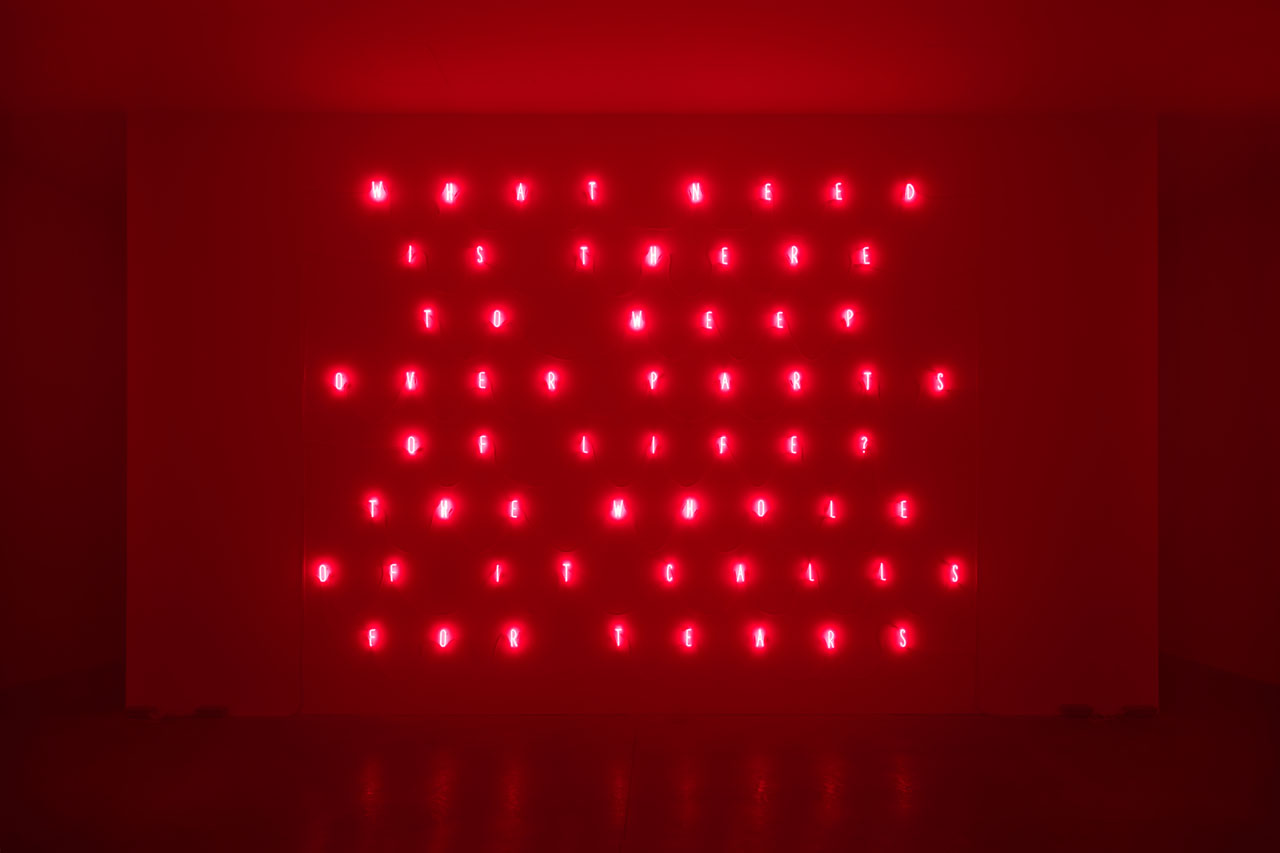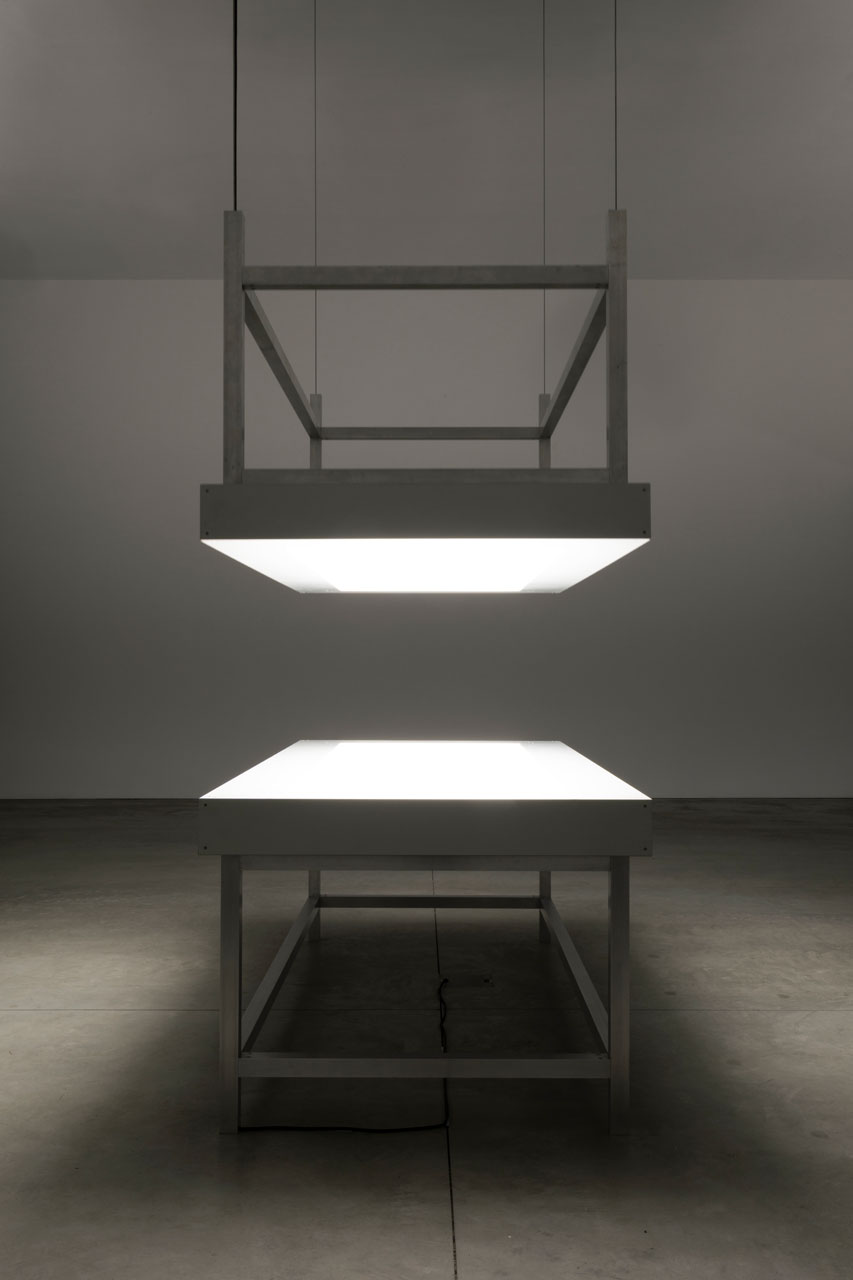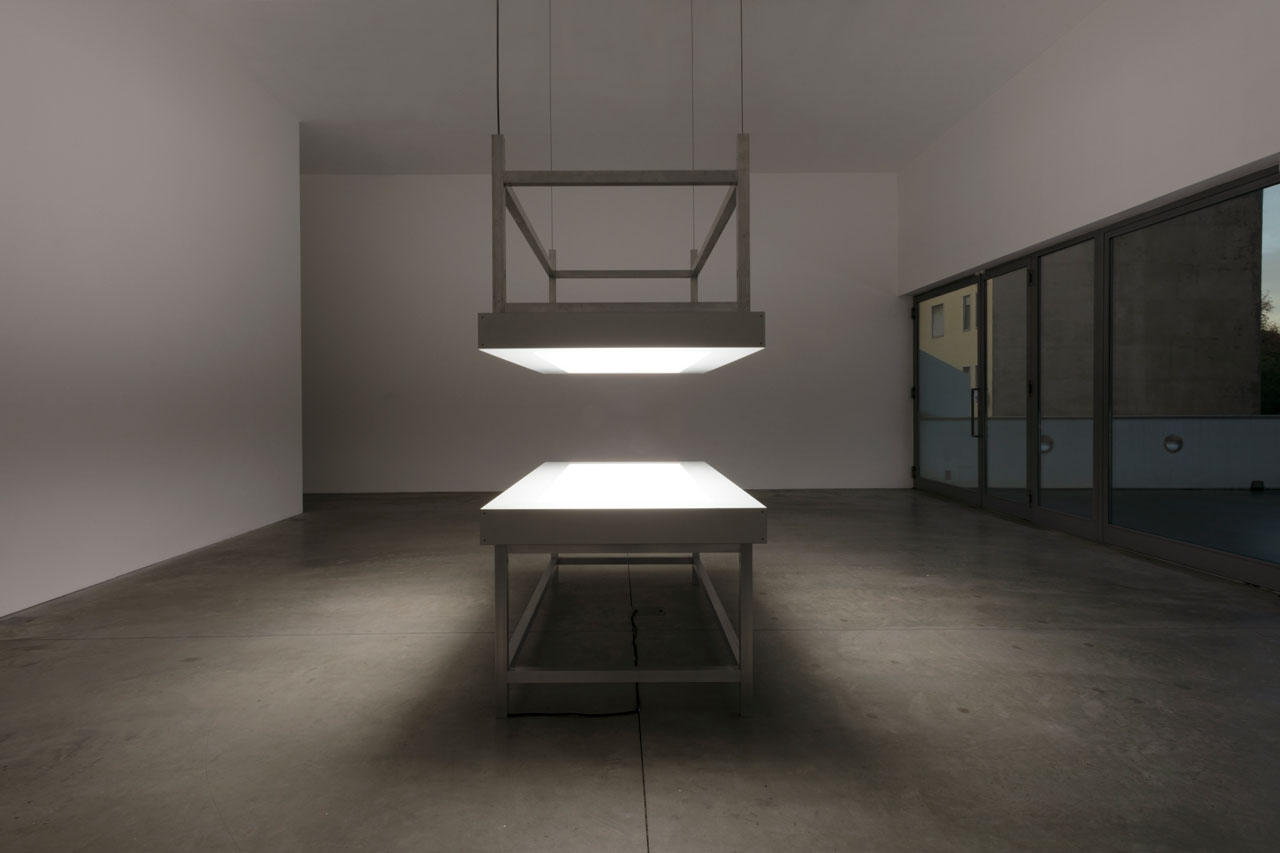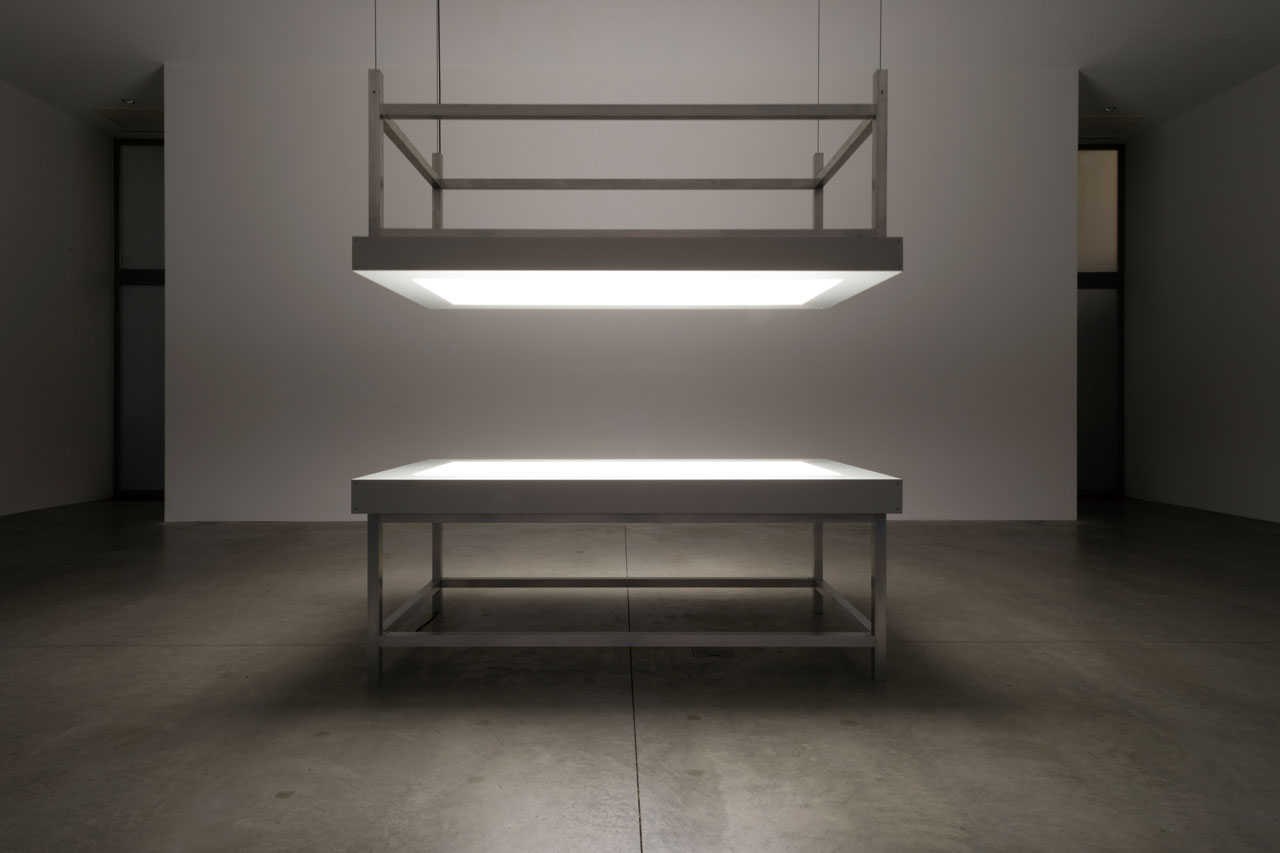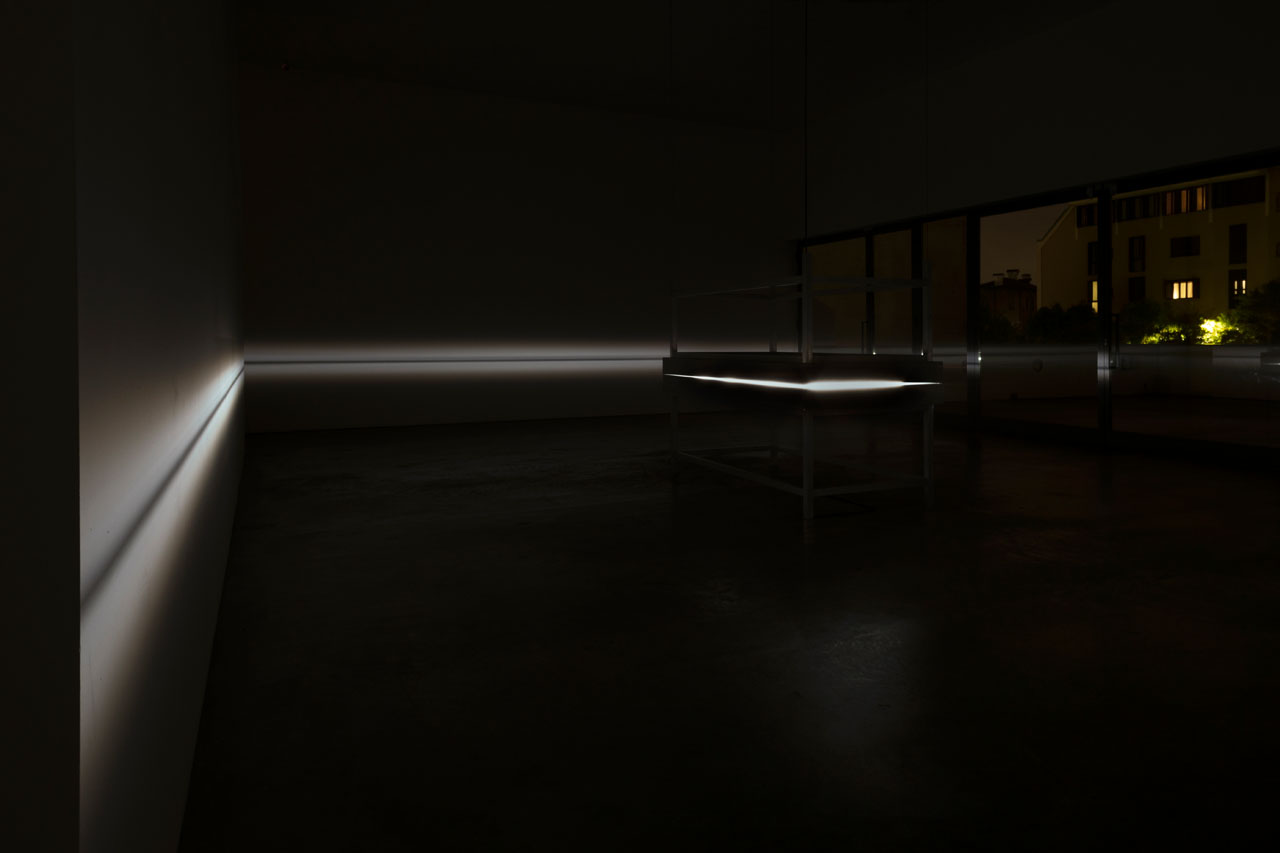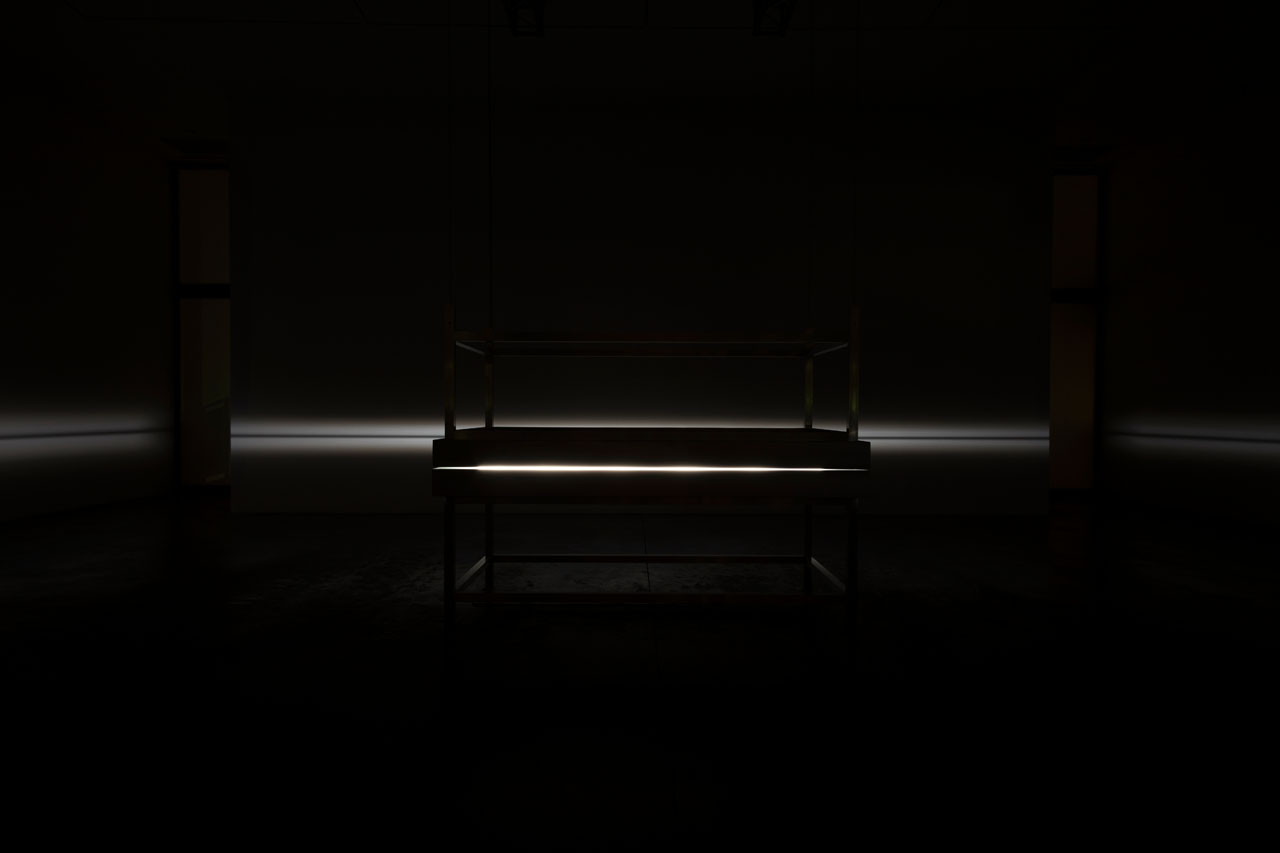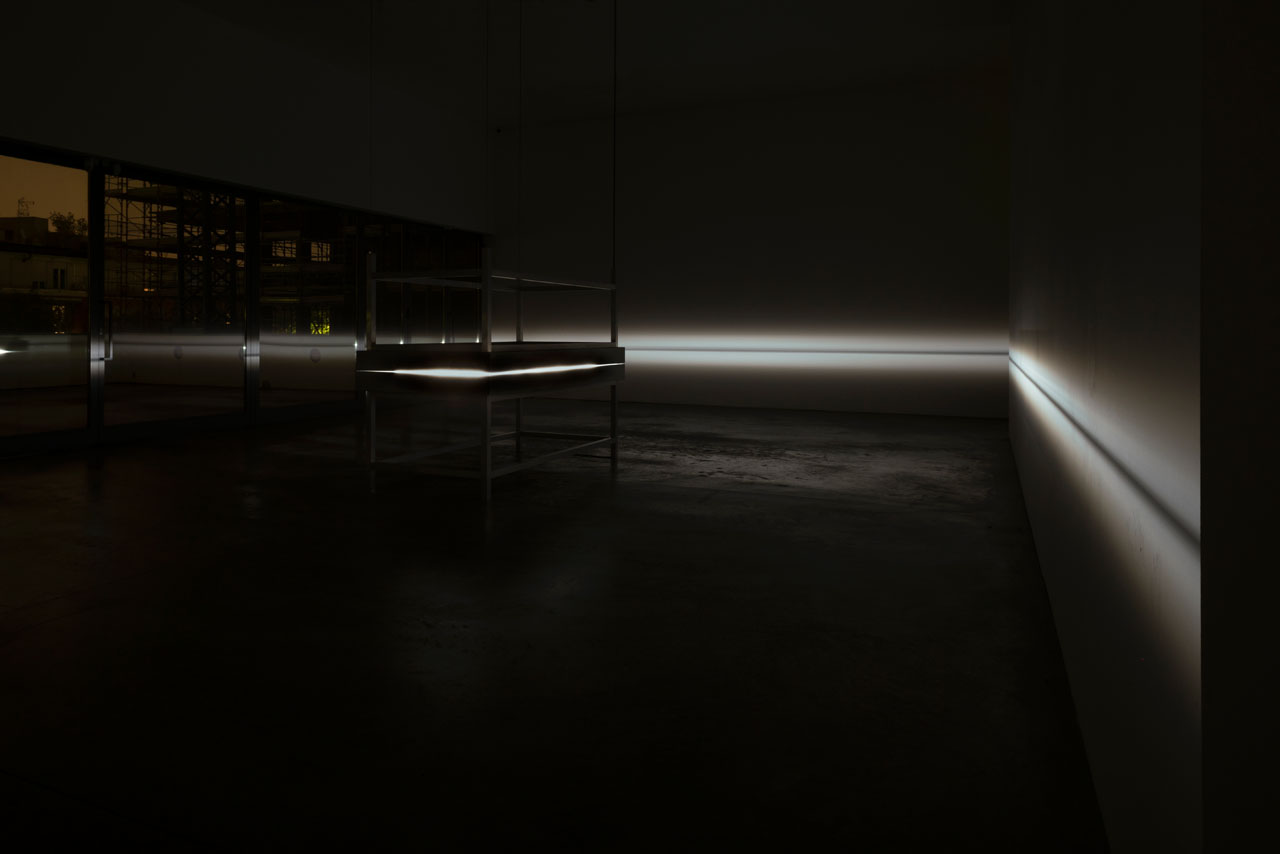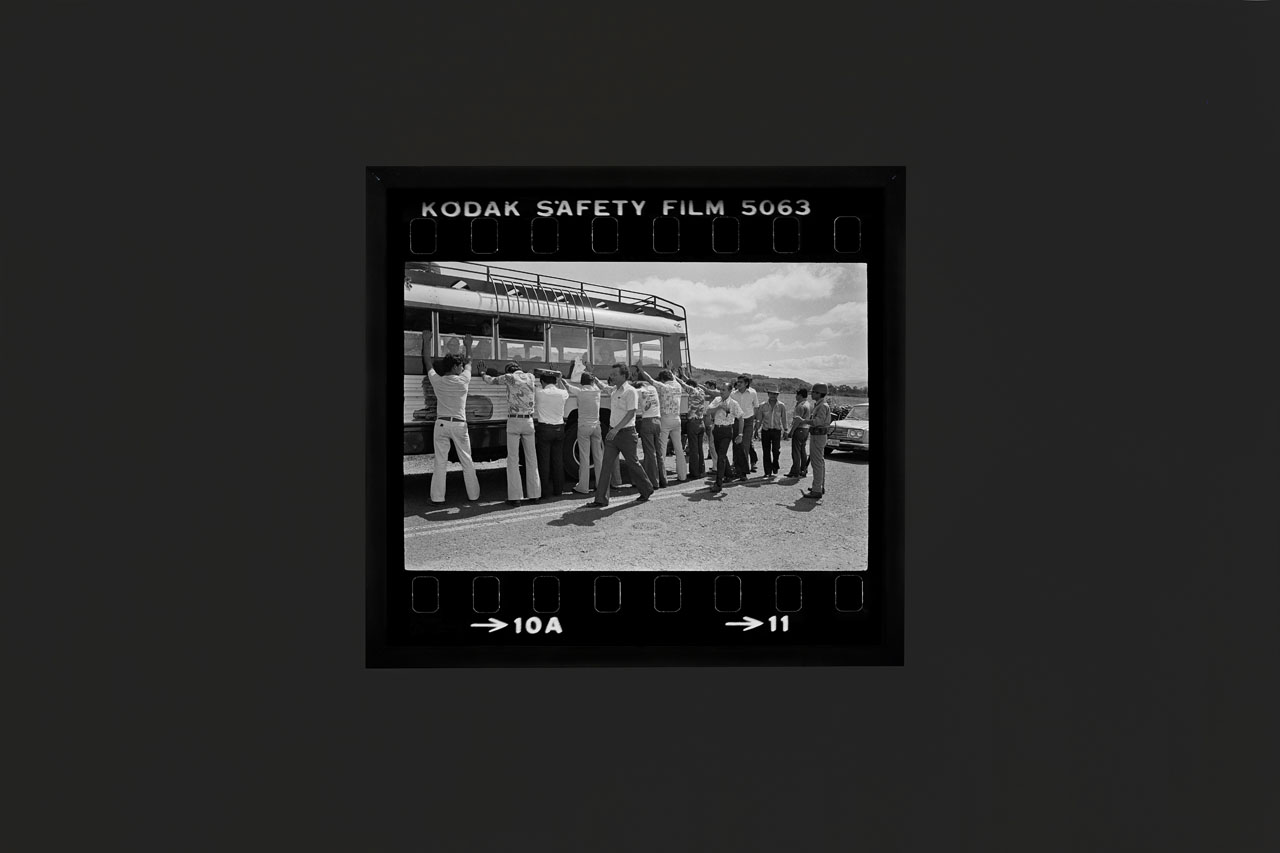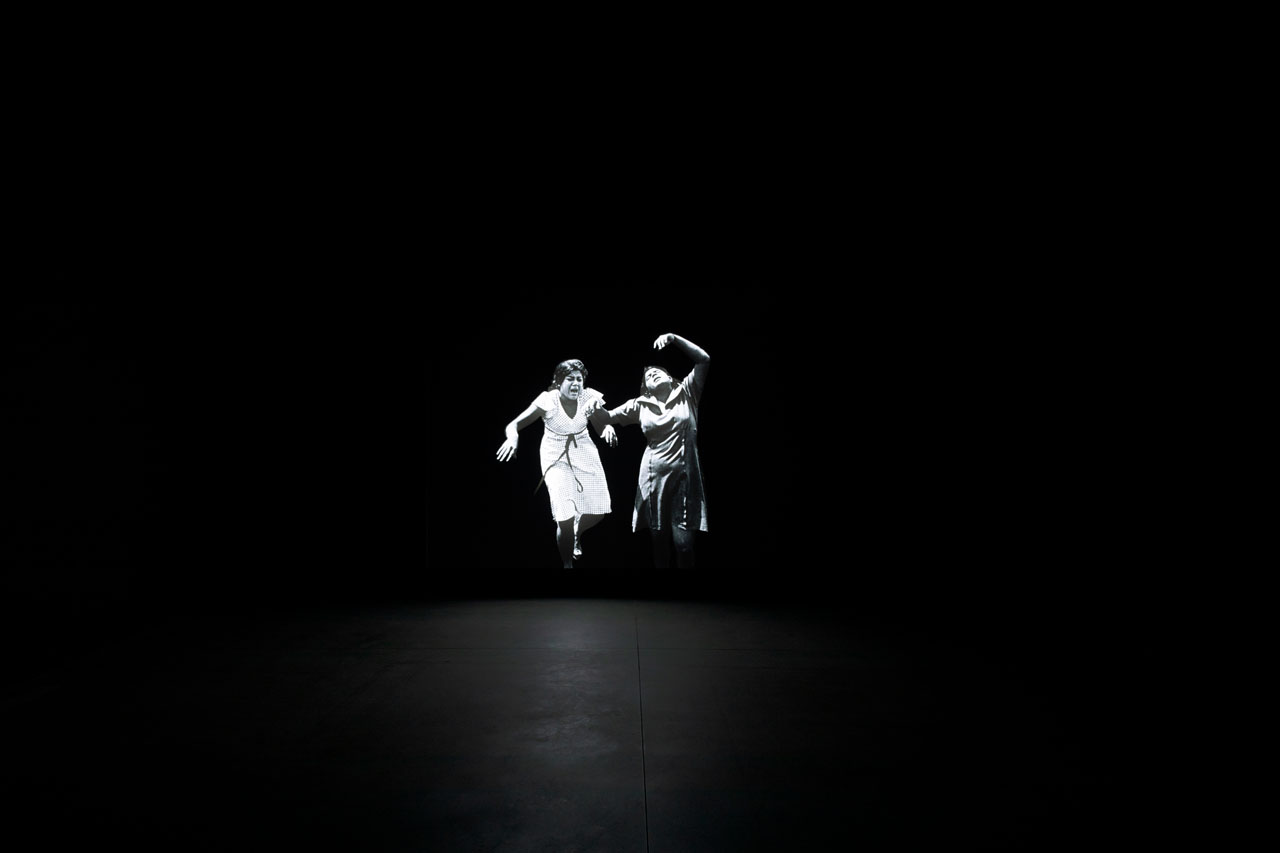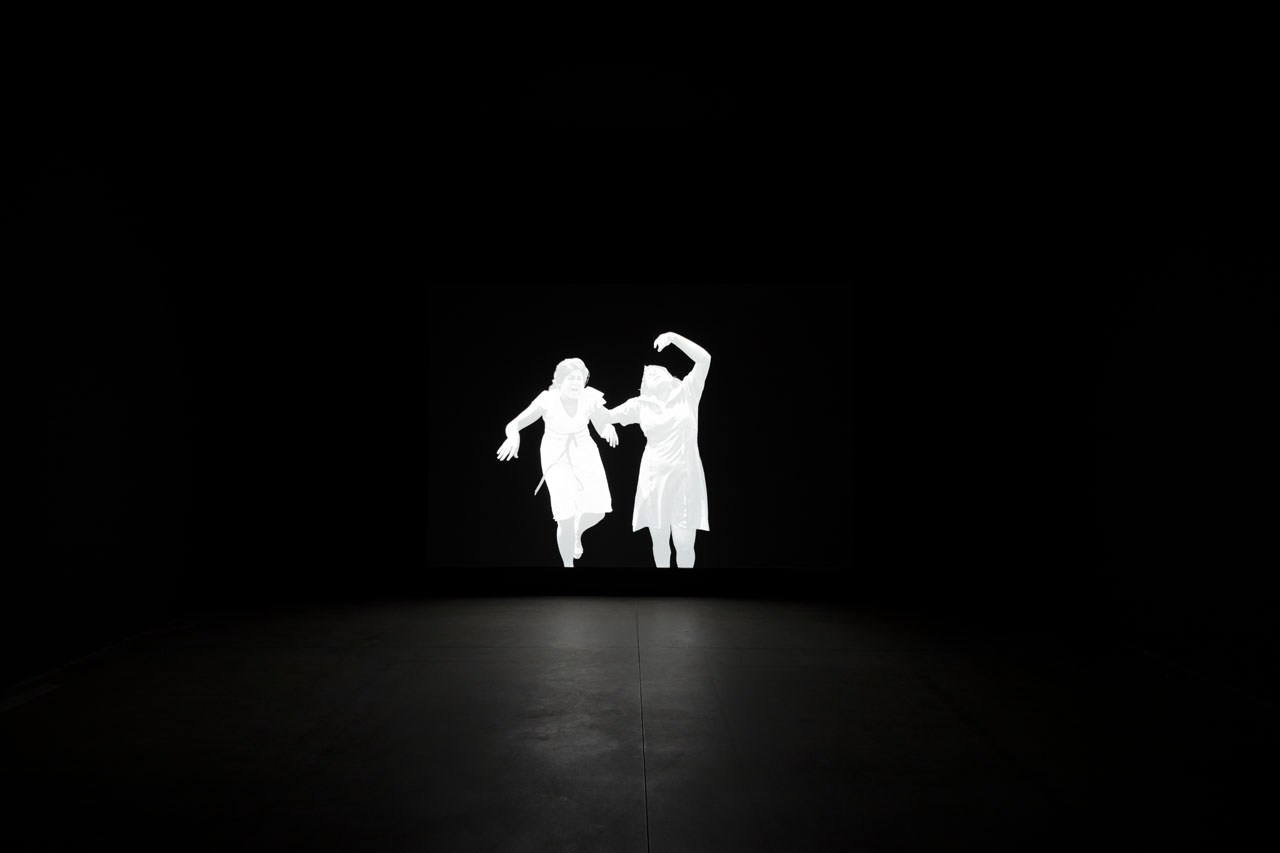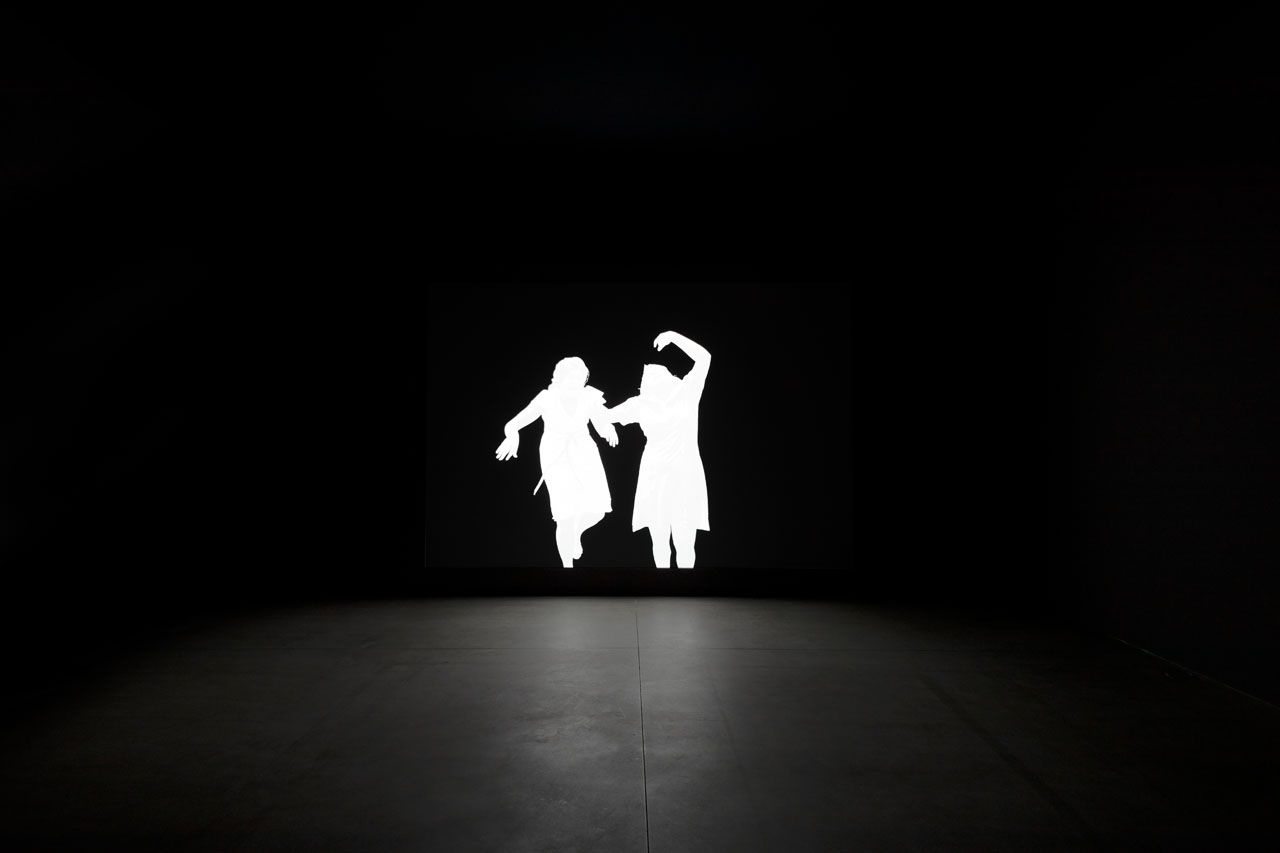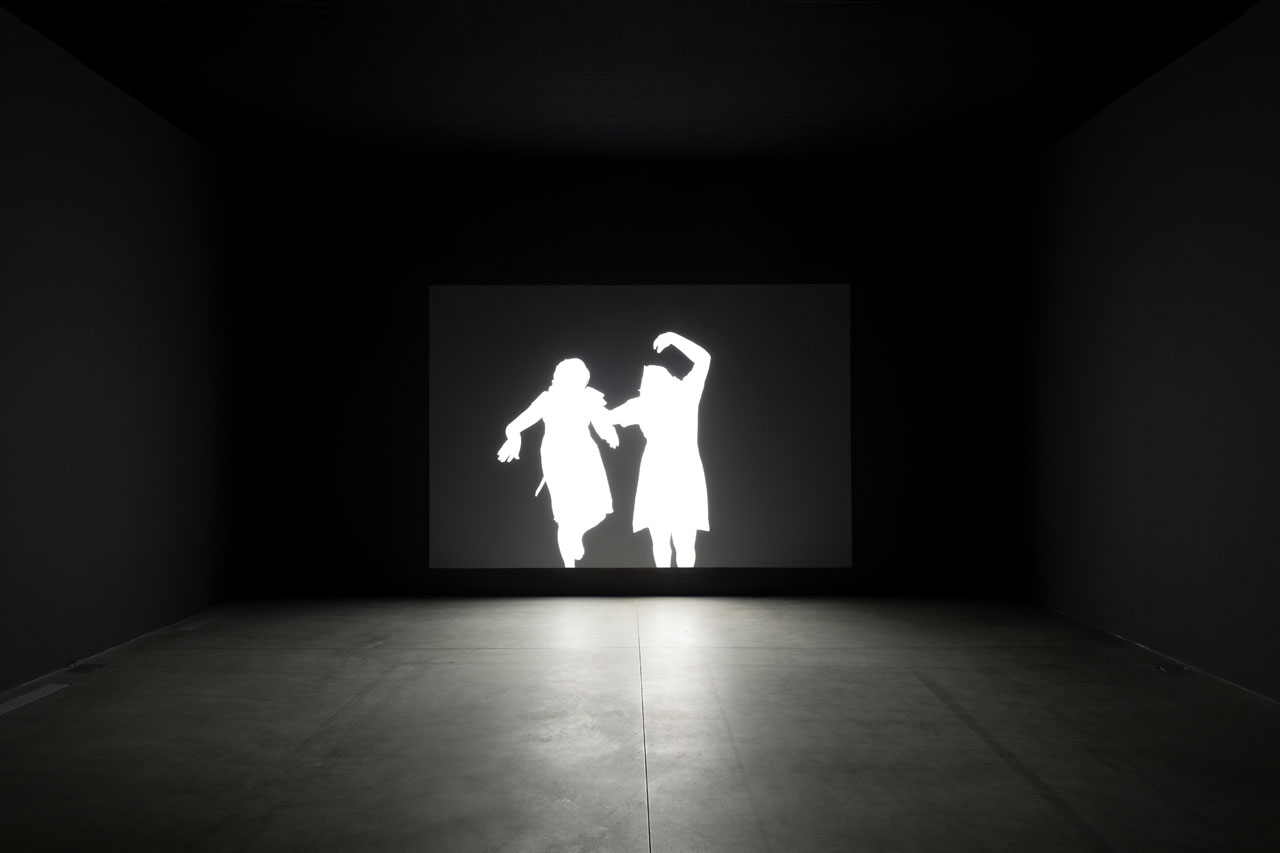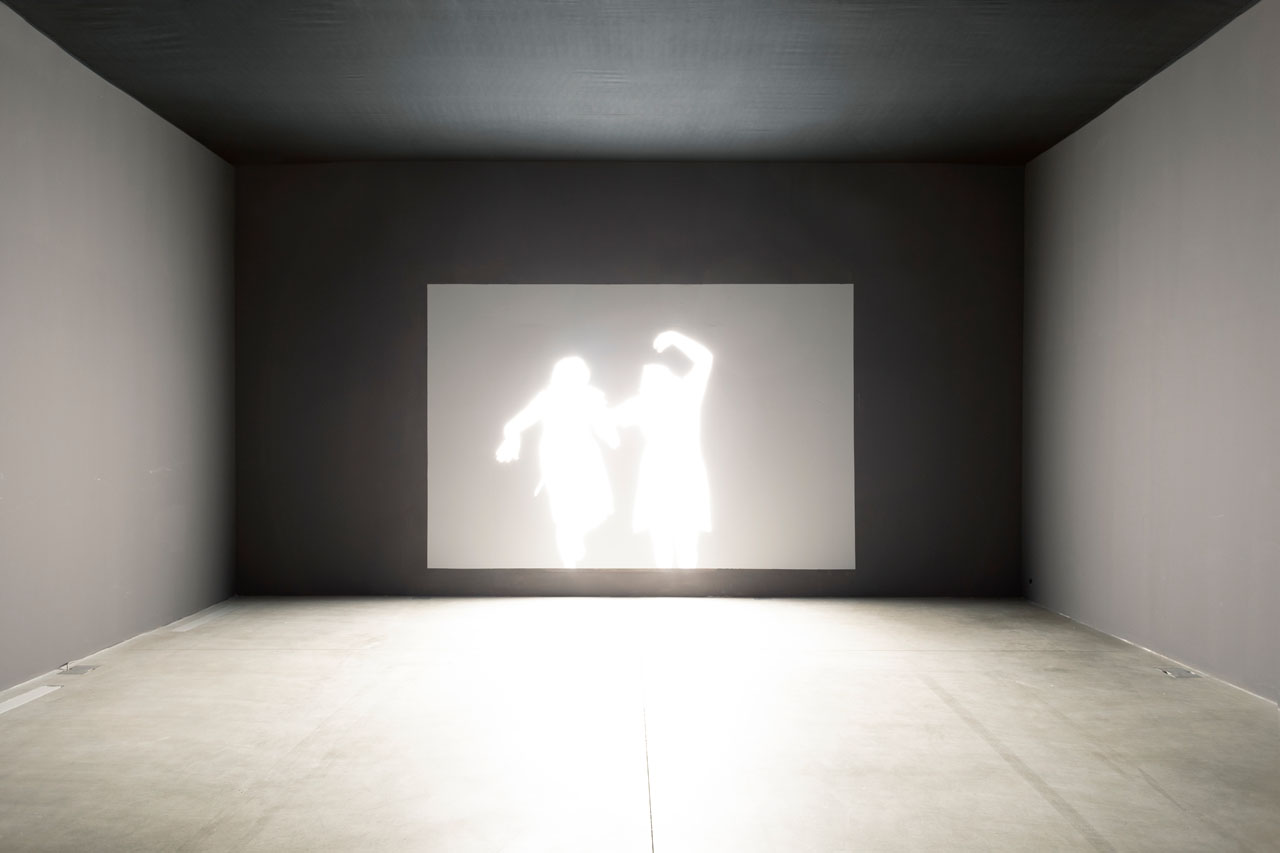Galleria Lia Rumma is pleased to announce a new solo exhibition of Alfredo Jaar, which opens in Milan on Thursday 18 October 2018. Ten years after the public intervention "Domanda, Domanda" in the streets of Milan and It Is Difficult, a major individual exhibition at Hangar Bicocca, Alfredo Jaar returns to Milan with a rigorous and poetic solo display on all three floors of the gallery.
On the ground floor, he will present his new site-specific installation "WHAT NEED IS THERE TO WEEP OVER PARTS OF LIFE? THE WHOLE OF IT CALLS FOR TEARS", based on a quotation from Seneca’s De Consolatione ad Marciam. The work, a red neon script with letters arranged like the downpour of tears to which the text alludes, is the only source of light in a completely red space. The work makes a poetic reference to the public project that Jaar is creating for the city of Milan under the curatorship of Roberto Pinto: a large concrete cube, through the red window of which the visitor will be able to observe the city, filtered, as it were, by the colour red. A melancholic, nostalgic gesture but also a tribute, as the artist sees it, to the disappearing Italian Left.
On the first floor will be "Lament of the Images", which gives the exhibition its title. This work consists of two large light tables, which are normally used in photo labs for examining negatives. The upper table, which is mounted upside-down and suspended from the ceiling, slowly moves down until a thin line of light remains in the gap between the two surfaces, and then begins to move up and away, in an infinite loop. It deliberately omits any image. As Jaar says: “In these so-called “post-truth” times and “alternative facts”, it is urgent to return to the real. The powerful light emanating from the tables will illuminate us, and only us, without representations.”
The exhibition ends on the second floor with "Shadows". This work is part of a trilogy – which started with The Sound of Silence, exhibited in 2008 at Hangar Bicocca in Milan – in which Jaar investigates the power and politics of iconic images. We enter a dark corridor, where we find six small lightboxes, displaying a sequence of photographs taken by Dutch photojournalist Koen Wessing in Nicaragua in 1978. These images document the events following the killing of a peasant by the National Guard under the Somoza regime, during the civil war. We then move into a larger room, which is also completely dark, where we find a photograph of two women, the peasant’s daughters, at the moment they learn of the killing of their father. The daughters, devastated by grief, raise their arms to the sky. The image slowly becomes a blinding light. Jaar has said that this image is “the strongest expression of grief” he has ever seen.

